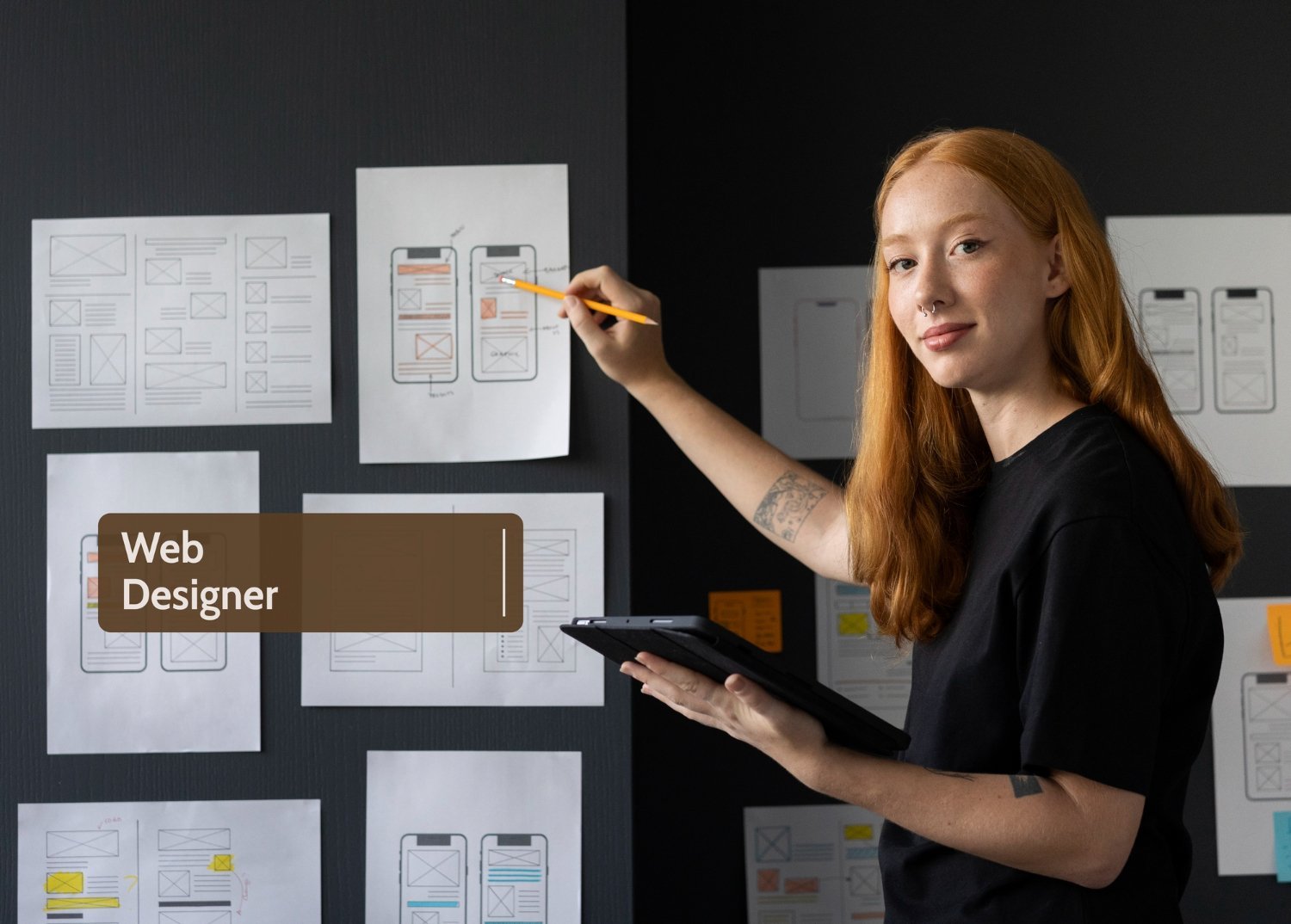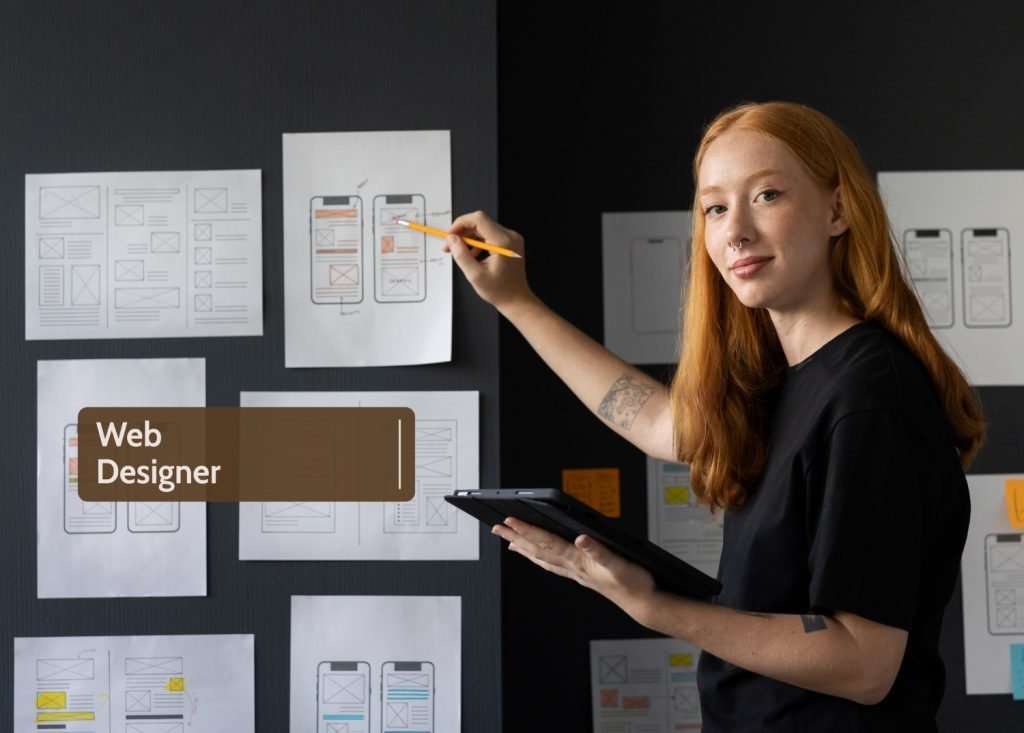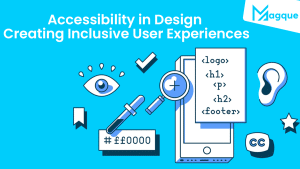Unraveling the Journey: The Evolution of User Interface Design
Hey there, tech enthusiasts and design aficionados! Are you ready to embark on a captivating journey through the ever-evolving landscape of user interface design? Grab your virtual passport and buckle up because we’re about to dive into the fascinating history and trends that have shaped UI design over the years right here on Magque.
From Skeuomorphism to Flat Design: A Visual Revolution
Let’s kick things off by rewinding the clock and exploring the early days of UI design. Back in the day, skeuomorphism ruled the roost, with interfaces mimicking real-world objects like buttons, sliders, and textures. It was like stepping into a digital museum, where every pixel was meticulously crafted to resemble its physical counterpart. But as technology evolved and minimalism gained traction, flat design emerged as the new kid on the block. With its clean lines, vibrant colors, and emphasis on simplicity, flat design revolutionized how we interacted with digital interfaces. It was like trading in your clunky flip phone for a sleek, minimalist smartphone—with the same functionality but a whole new aesthetic.
Enter Material Design: The Next Frontier
As we fast forward to the present day, another trend has taken the UI design world by storm: material design. Developed by Google, the material design combines the best of both worlds—skeuomorphic elements like shadows and depth with the simplicity and clarity of flat design. It’s like creating a digital playground where users can interact with familiar yet futuristic, intuitive yet innovative elements. With its emphasis on hierarchy, motion, and responsiveness, material design has become the gold standard for UI designers looking to create immersive, engaging experiences across platforms and devices.
The Rise of Responsive Design: Designing for Every Screen
But the evolution of UI design isn’t just about aesthetics—it’s also about functionality. In today’s multi-device world, responsive design has become a must-have feature for any UI designer. By adapting layouts and content to fit different screen sizes and resolutions, responsive design ensures a seamless experience for users, whether they’re browsing on a smartphone, tablet, or desktop. It’s like having a chameleon for your website—one that can effortlessly blend in with its surroundings and adapt to any environment.
Looking to the Future: What Lies Ahead?
So, what does the future hold for UI design? If history has taught us anything, the only constant is change. With emerging technologies like AI, AR, and VR pushing the boundaries of what’s possible, the sky’s the limit for UI designers looking to innovate and push the envelope. It’s like being handed a blank canvas and a palette of infinite colors—endless possibilities are waiting to be explored, and it’s up to us to unleash our creativity and bring it to life.
Conclusion:
In conclusion, the evolution of user interface design is a rich tapestry of innovation, creativity, and technological advancement. From the skeuomorphic interfaces of yesteryear to the sleek material designs of today, UI design has come a long way—and the journey is far from over. So here’s to UI design’s past, present, and future and endless possibilities. Let’s keep pushing the boundaries, challenging the status quo, and shaping the digital experiences of tomorrow.
Read Also:














